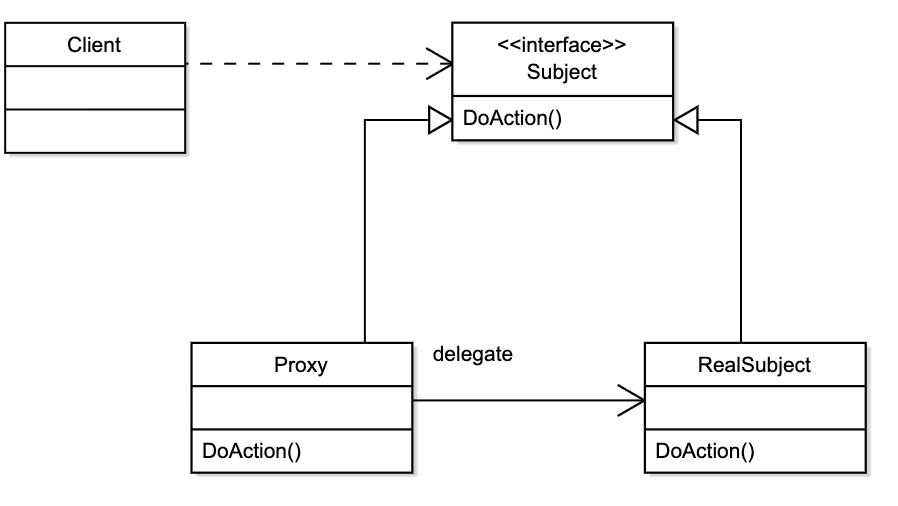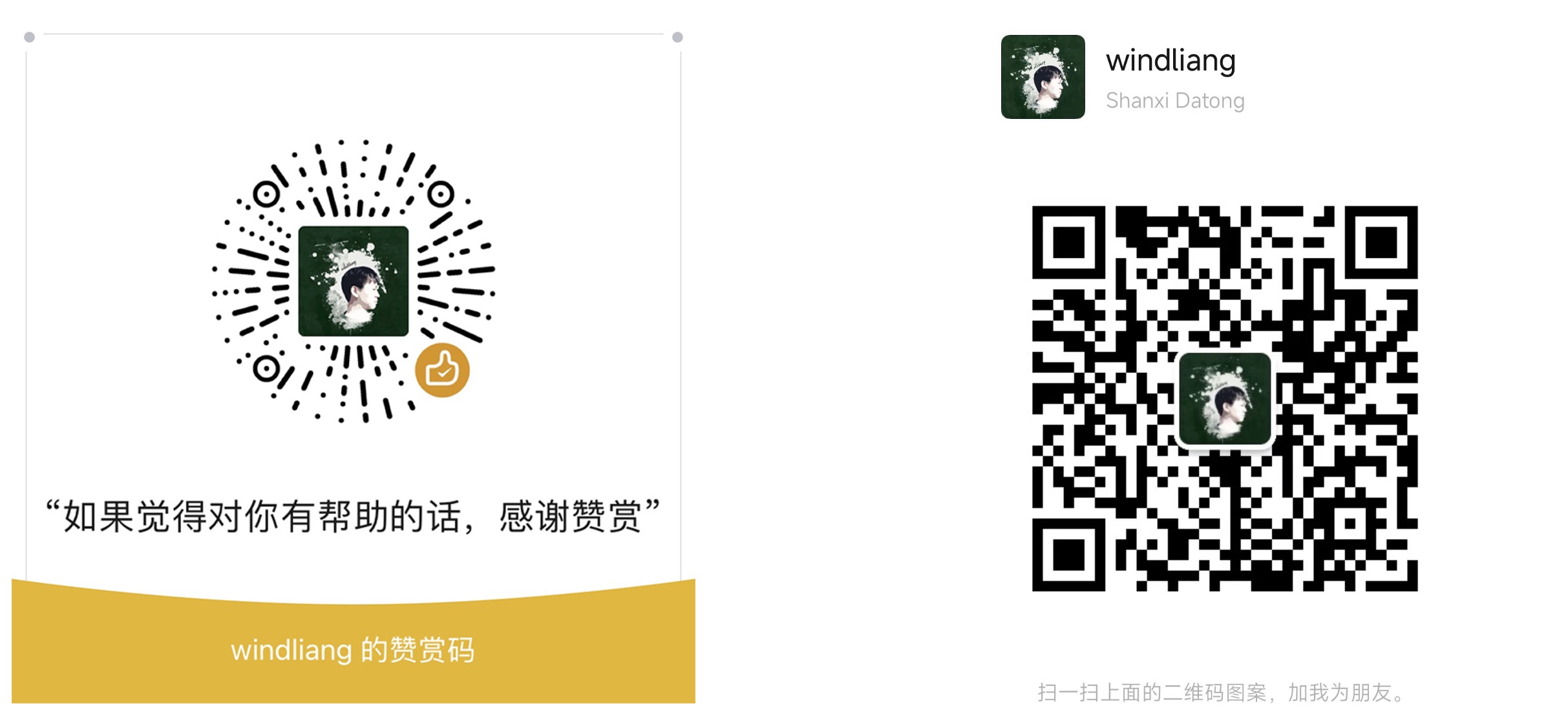代码也写了几年了,设计模式处于看了忘,忘了看的状态,最近对设计模式有了点感觉,索性就再学习总结下吧。
大部分讲设计模式的文章都是使用的 Java、C++ 这样的以类为基础的静态类型语言,作为前端开发者,js 这门基于原型的动态语言,函数成为了一等公民,在实现一些设计模式上稍显不同,甚至简单到不像使用了设计模式,有时候也会产生些困惑。
下面按照「场景」-「设计模式定义」- 「代码实现」-「总」的顺序来总结一下,如有不当之处,欢迎交流讨论。
场景
平常业务开发中, 对于网络请求,我们一般会封装成一个模块,并且暴露 get、post 方法供大家使用。
1 | // src/util/request.js |
Http 模块主要是将 ajax 请求封装,填充一些 headers 等等,然后业务方使用的时候只需要引入上边的 get、post 即可。
1 | import { post, get } from 'src/util/request'; |
现在有了一个新需求,我们需要将第一次请求中,后端返回请求中的 graytype 字段塞到后续请求中的 headers ,也就是下边这样。
1 | import { post, get } from 'src/util/request'; |
如果只是一个请求的话就按上边这样改就可以了,但如果是多个请求一个一个这样去改就有些傻了。
那直接去改 Http 模块?也是不行的,增加 graytype 字段只是我们负责业务的改变,而 Http 模块是所有业务线所共用的,我们并不能直接去改变它。
此时就需要代理模式了。
代理模式
贴一下 维基百科的一些解释:
What problems can the Proxy design pattern solve?
- The access to an object should be controlled.
- Additional functionality should be provided when accessing an object.
What solution does the Proxy design pattern describe?
Define a separate
Proxyobject that
- can be used as substitute for another object (
Subject) and- implements additional functionality to control the access to this subject.
代理模式就是对原有对象进行扩展,从而实现对原对象的控制或者进行额外的操作,不同场景下代理模式又可以细分出很多类别:
远程代理:通过代理模式,实现像操作本地对象一样的操作远程对象。
虚拟代理:In place of a complex or heavy object, a skeleton representation may be advantageous in some cases. 常见的比如大图的加载,我们可以通过引入代理对象,先加载一张小图,大图加载完毕后再显示大图。
保护代理:将原有对象的属性访问进行权限控制。
缓存代理:引入缓存,将之前的结果进行缓存,常见的比如斐波那契数列。
…
不管起了什么新名字,它们的本质都是一样的,如果用类图表示就是下边的样子:

原对象 RealSubject 和 Proxy 对象都继承了 Subject 这个接口,客户端 Client 调用 DoAction() 方法,先经过代理对象 Proxy ,然后由 Proxy 做一些额外的操作,最终再委托给 RealSubject 进行执行。
看一个 Java 的示例:
1 | interface Image { |
原有的 RealImage 类在 new 对象的时候就会调用 loadImageFromDisk,如果之后没有调用 displayImage 并且 loadImageFromDisk 比较占资源,那就会是一种浪费。
通过 ProxyImage ,其内部持有 RealImage 的对象,当调用 displayImage 再去实例化对象,实现了对象的延迟加载。
当然也带来了坏处,可能会导致第一次调用 displayImage 的时候比较耗时。因此,在这个示例下是否引入代理模式,就看实际场景下的取舍了。
我们再用 js 来改写一下:
1 | function RealImage(filename) { |
整体思想是一样的,但 js 不用定义接口,也不用定义类,看起来精简了不少。只需要实现和原对象一样的返回即可。
代码实现
回到最开始的场景:现在有了一个新需求,我们需要将第一次请求中,后端返回请求中的 graytype 字段塞到后续请求中的 headers 。
我们可以通过代理模式将 request.js 中的 get 和 post 进行封装,然后同样暴露出 get 和post 即可。
1 | // src/util/requestNew.js |
我们将原有的 get 和 post 导入,因为还需要导出 get 和 post ,所以将导入的重命名为 Get 和 Post 。
然后在请求前将 grayType 塞入到 headers ,并且 get 和 post 的时候给 grayType 进行赋值。
这样在实际业务中,如果需要 grayType ,我们只需要从新写的 src/util/requestNew.js 引入 get 和 post 即可,其他什么都不需要改动。
总
代理模式其实说简单了就是对原有对象/函数再包装一层,并且保持和原对象一致的行为。那么为什么不直接改原对象呢?
第一,可能不方便直接改原对象,所以只能采取代理模式包一层了。
第二,「单一职责原则」,如果直接修改原对象,会增加原有对象的复杂度,原对象如果负责的职责过多,引起对象改动的原因就会增多。
第三,未来如果新功能要去掉,修改起来也不方便。如果使用了代理模式,只需要把原来引用的地方还原即可。
